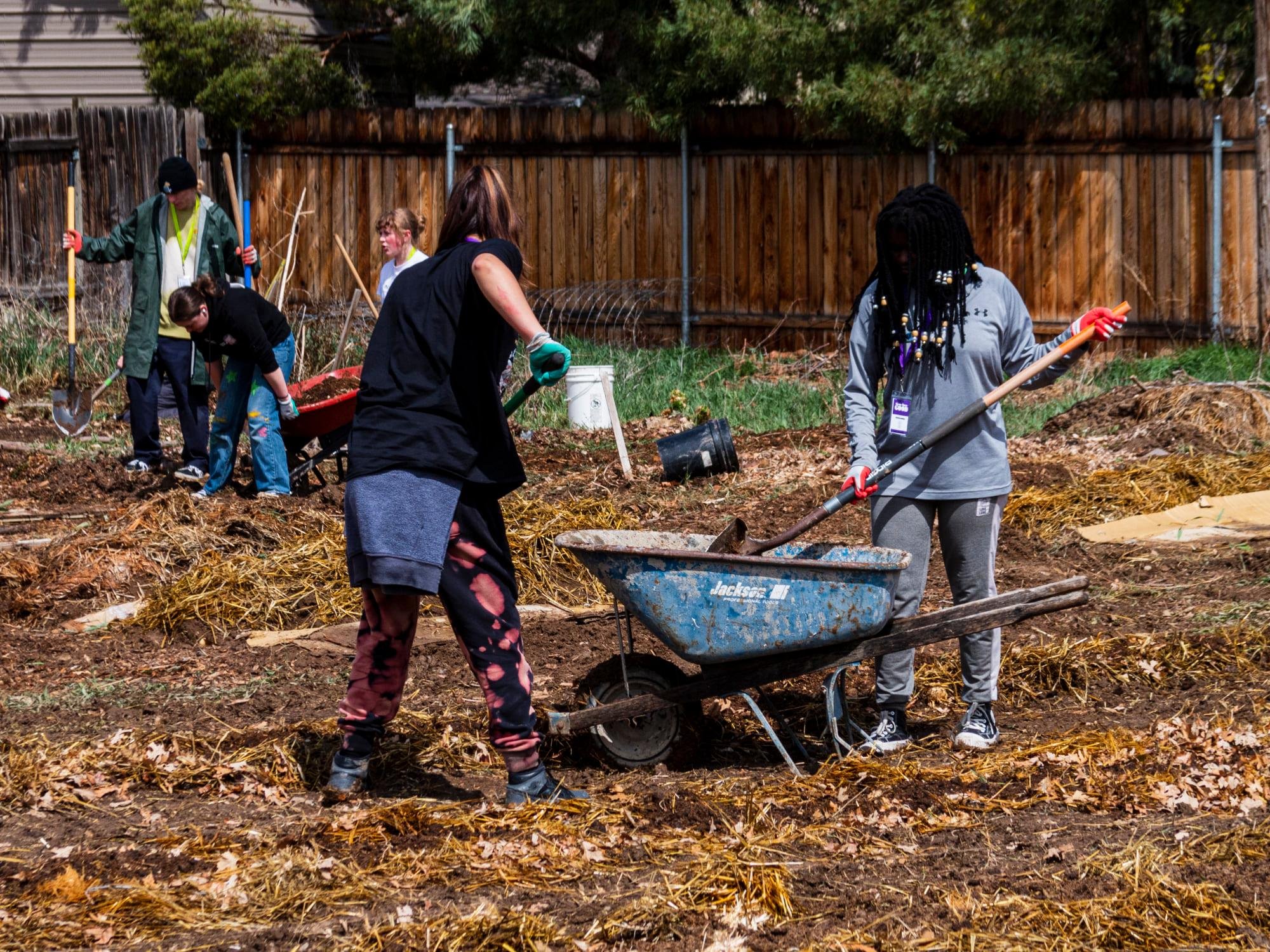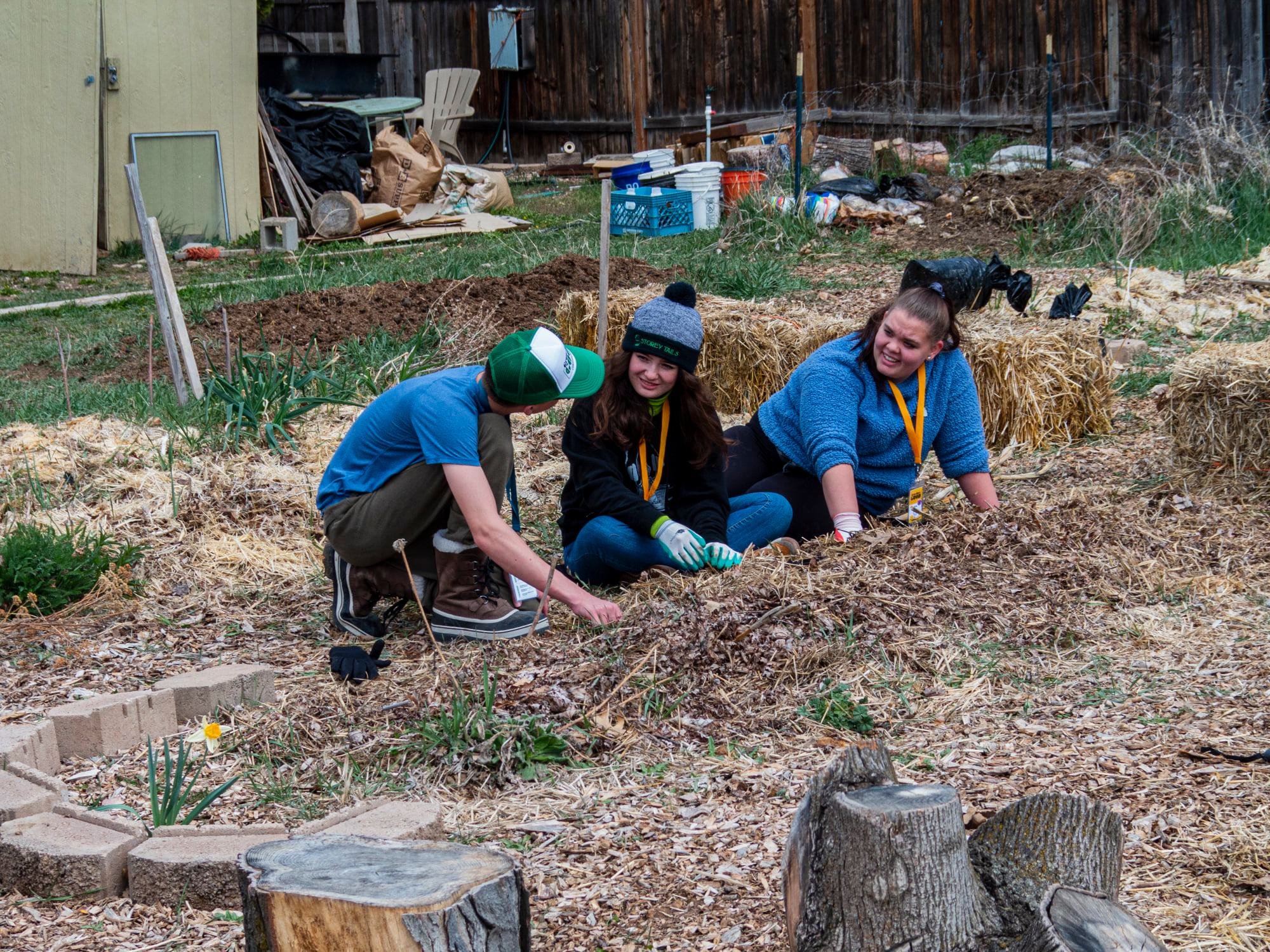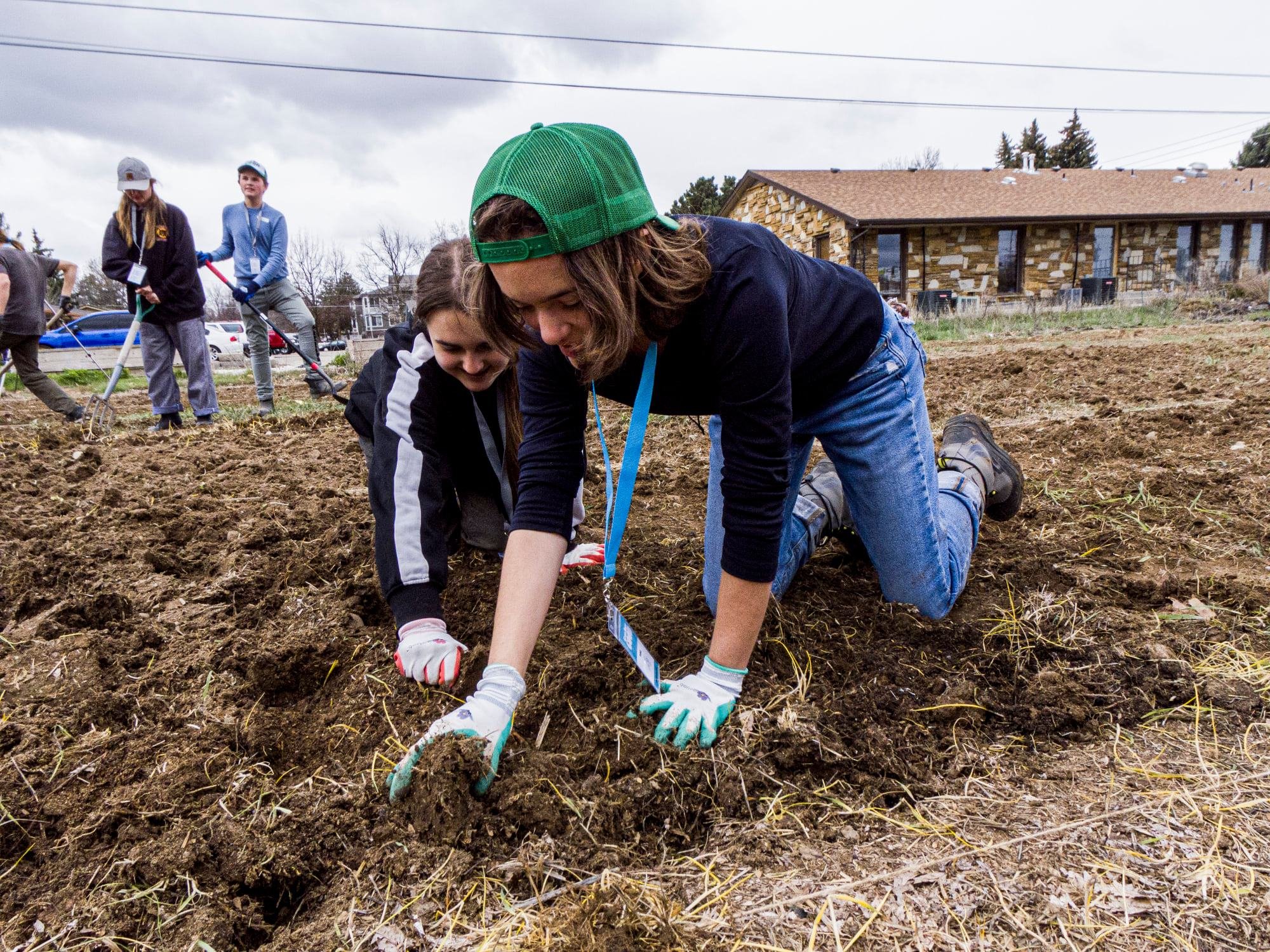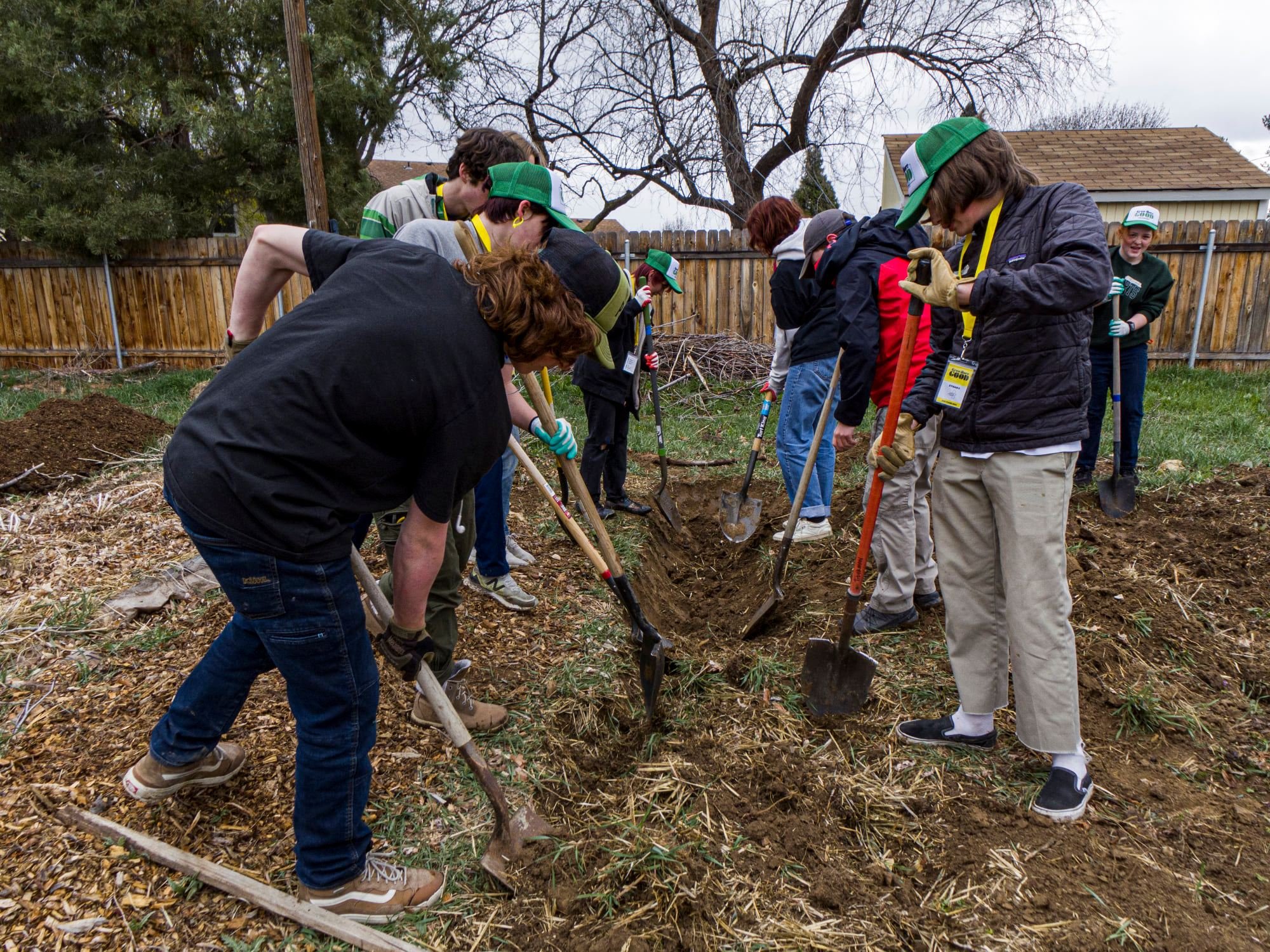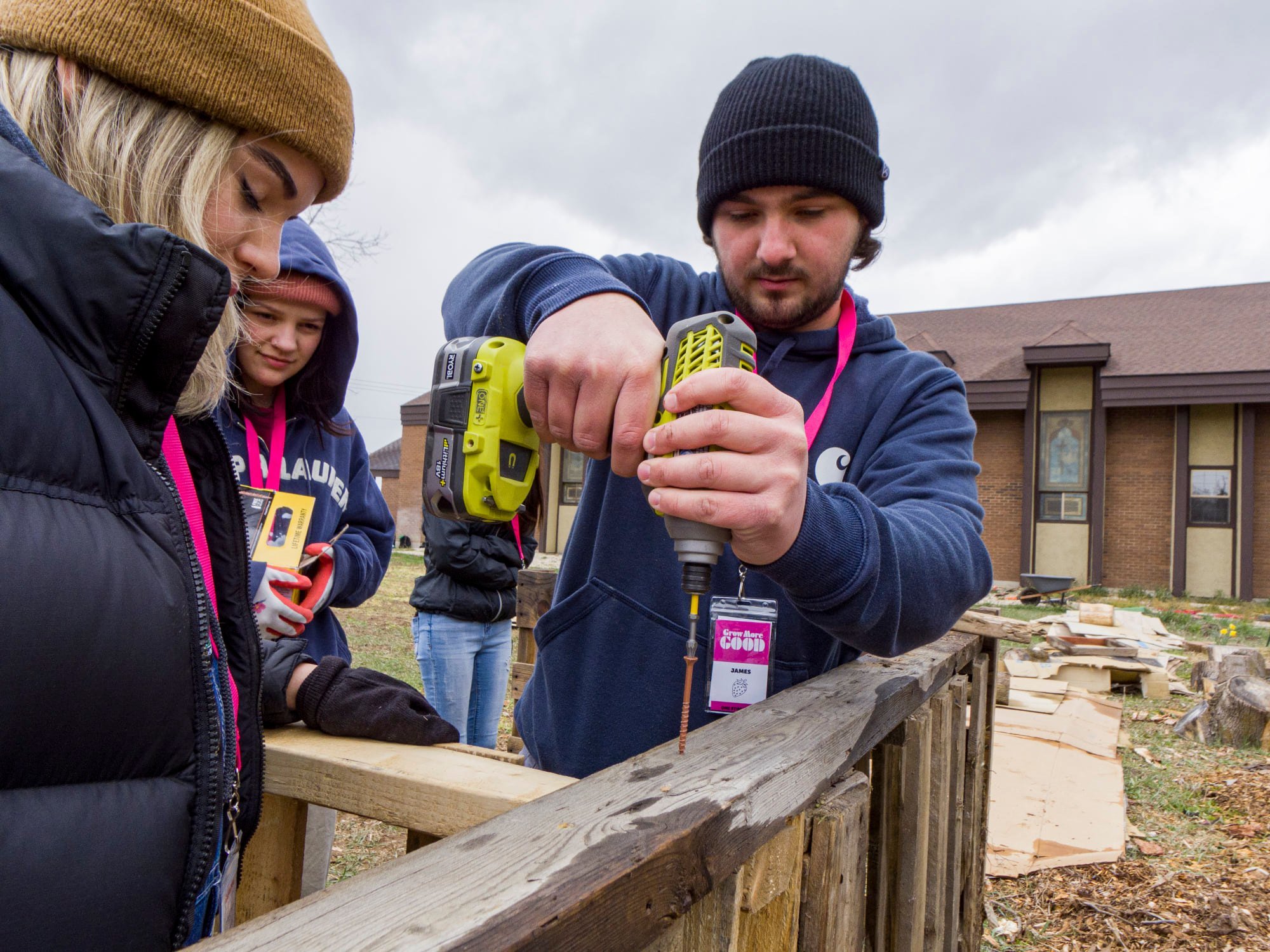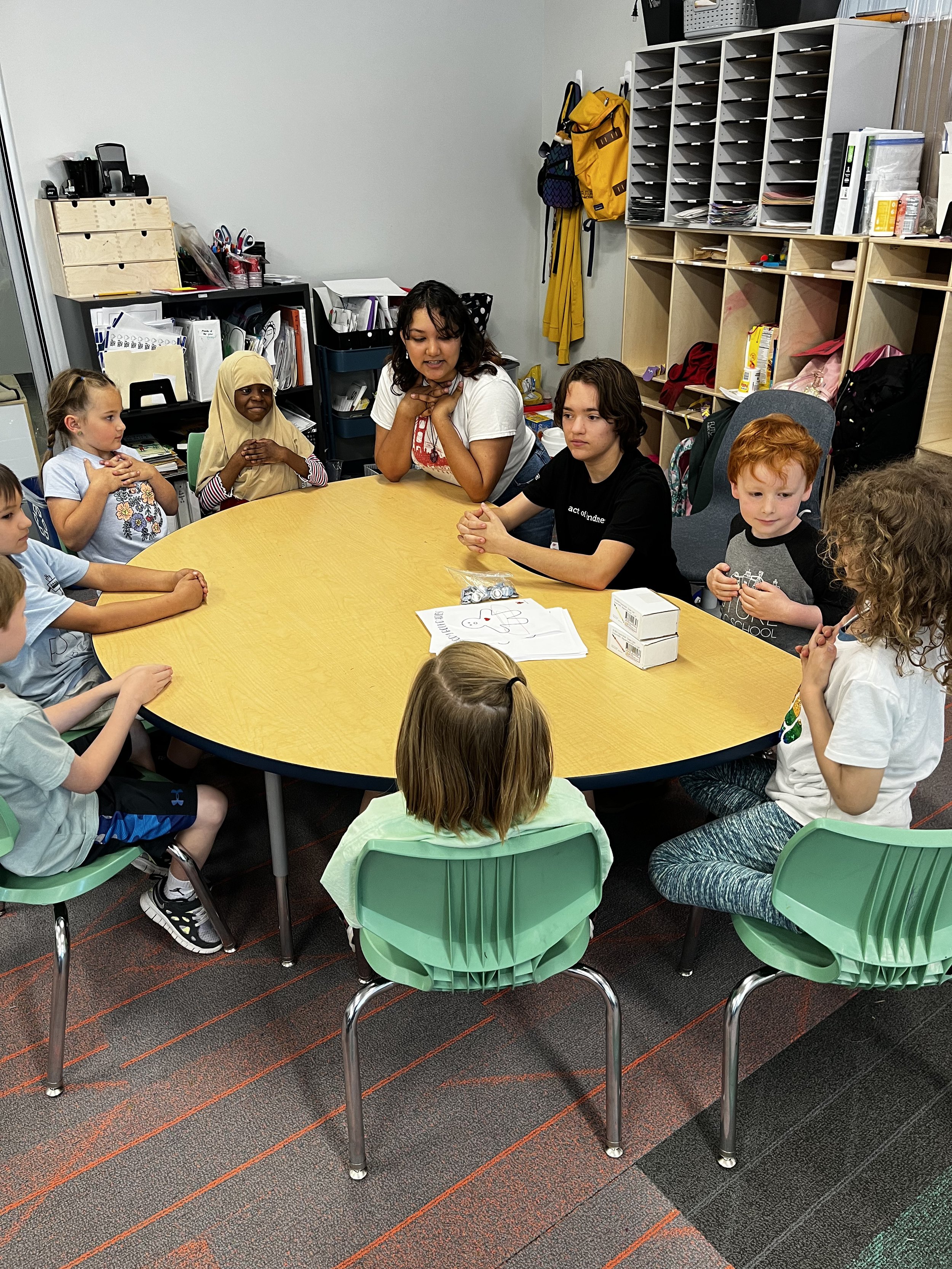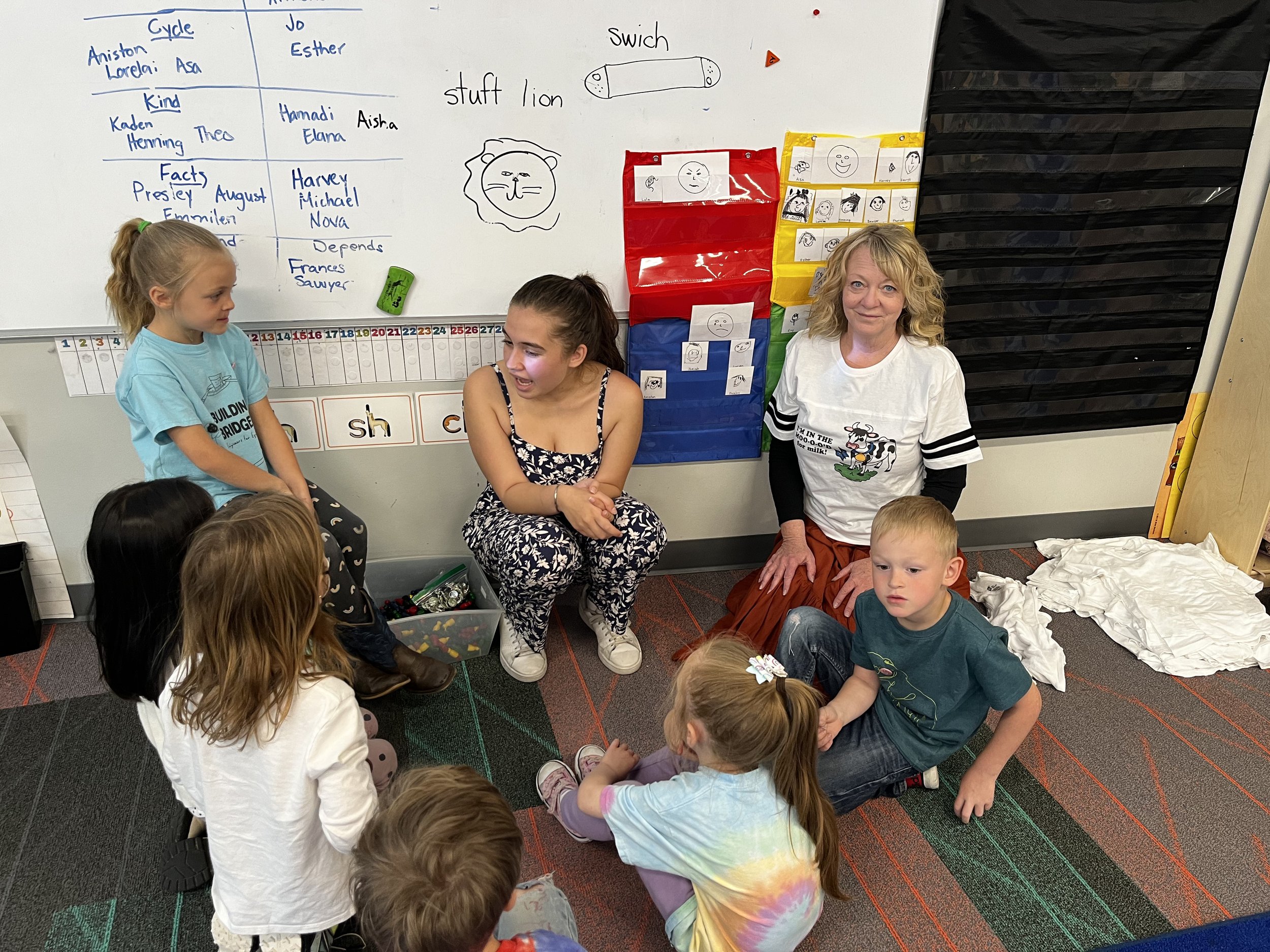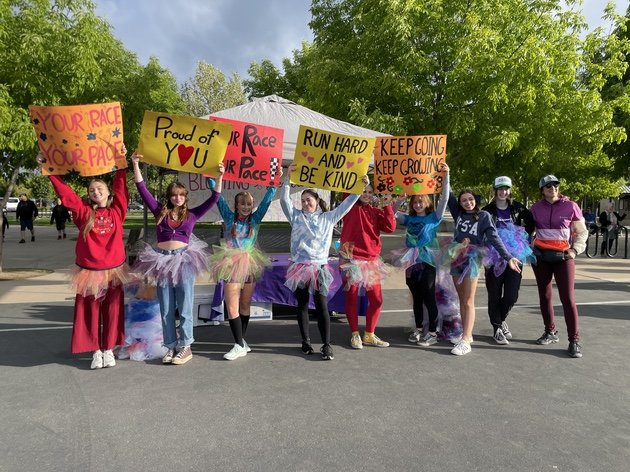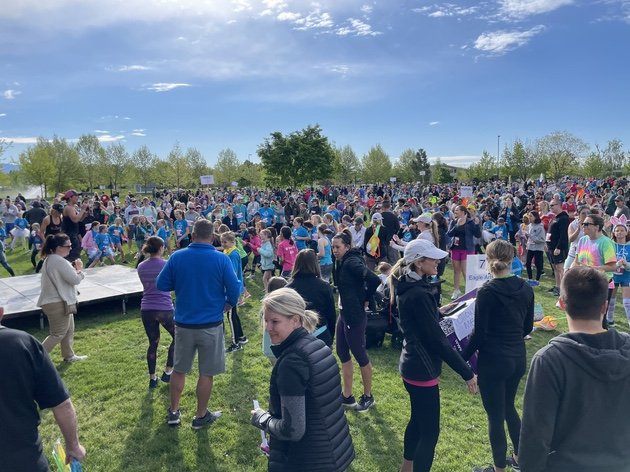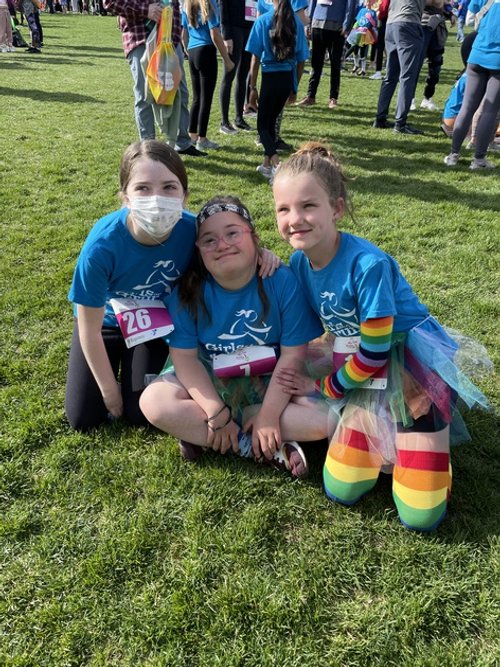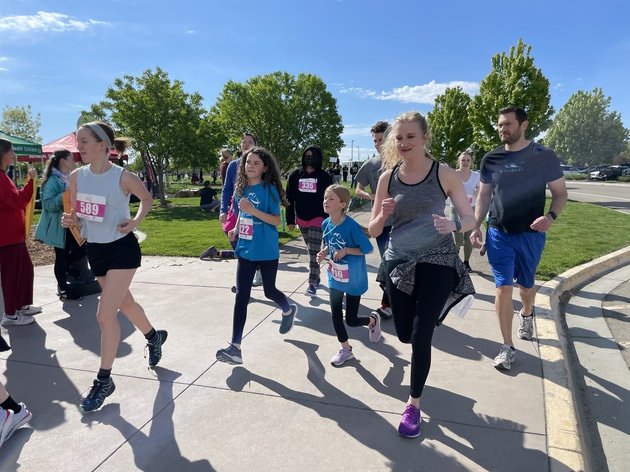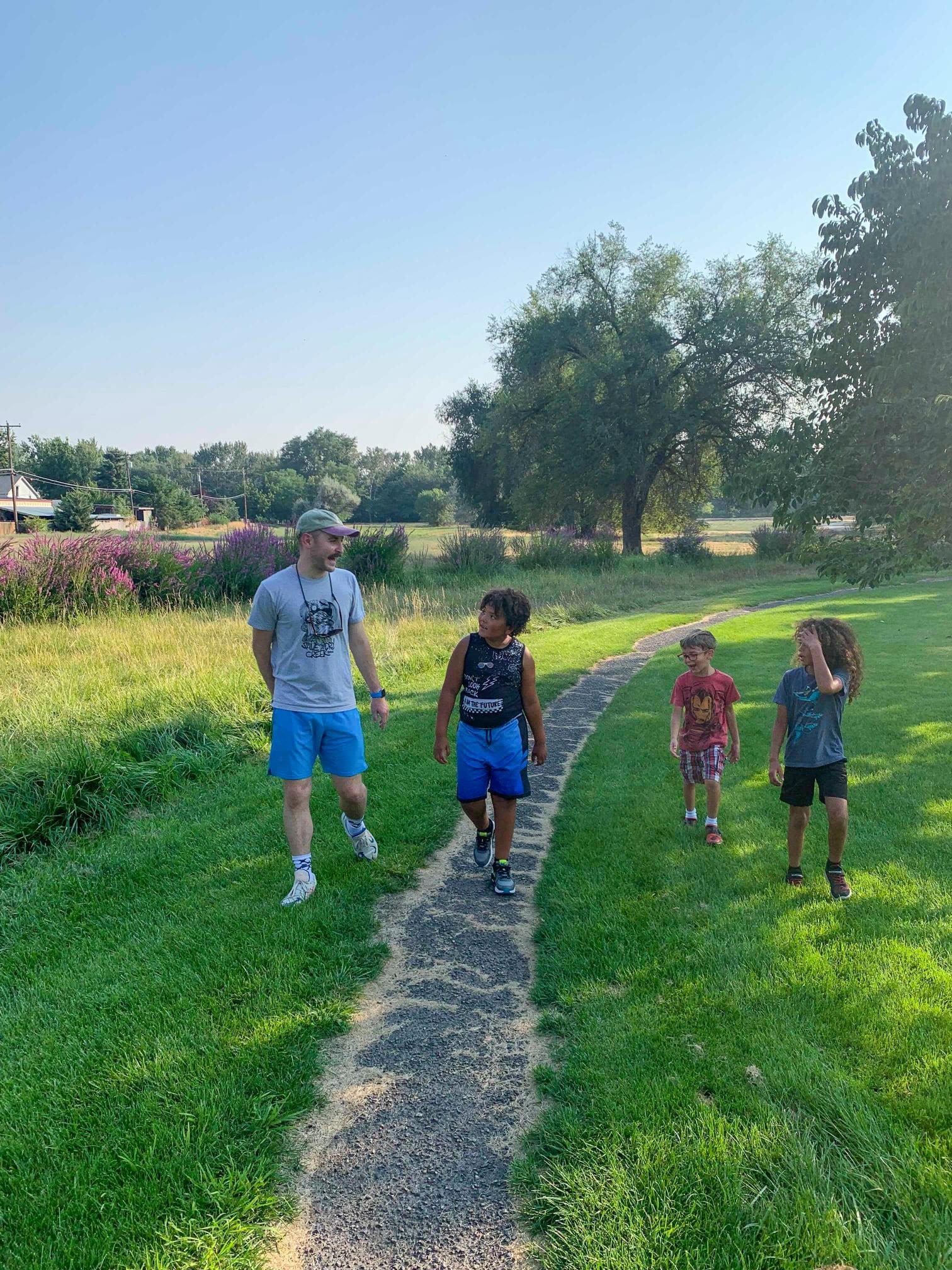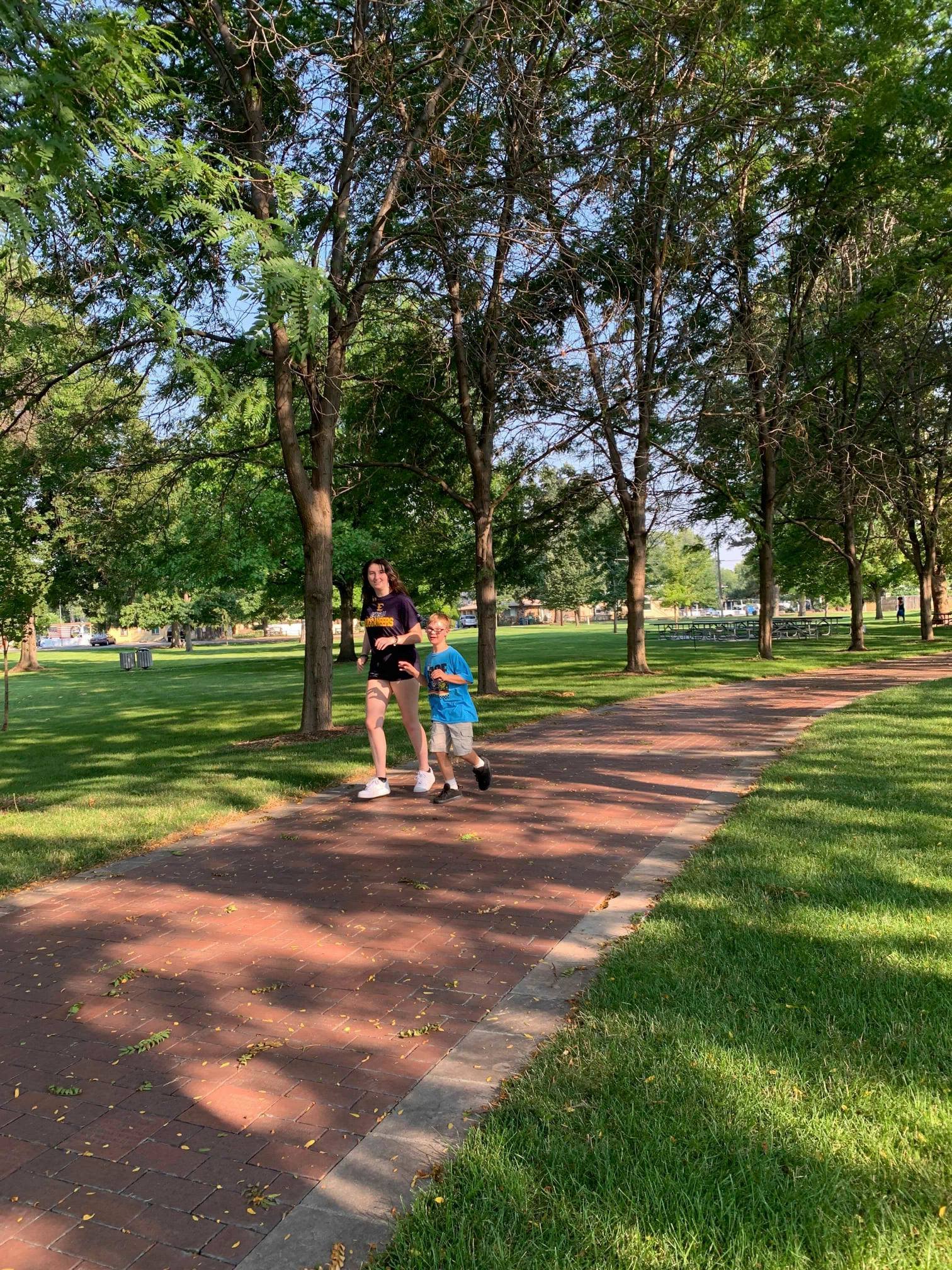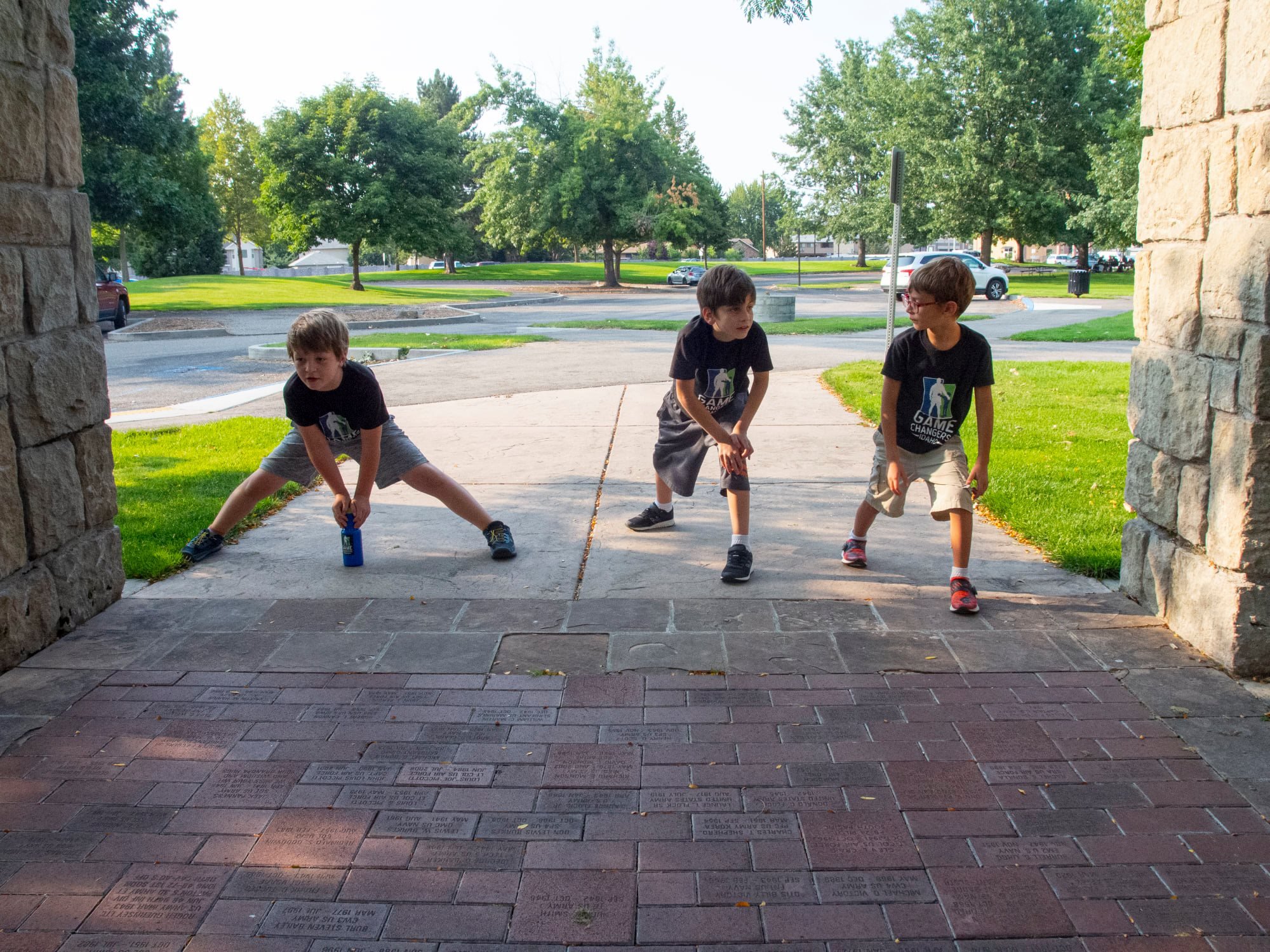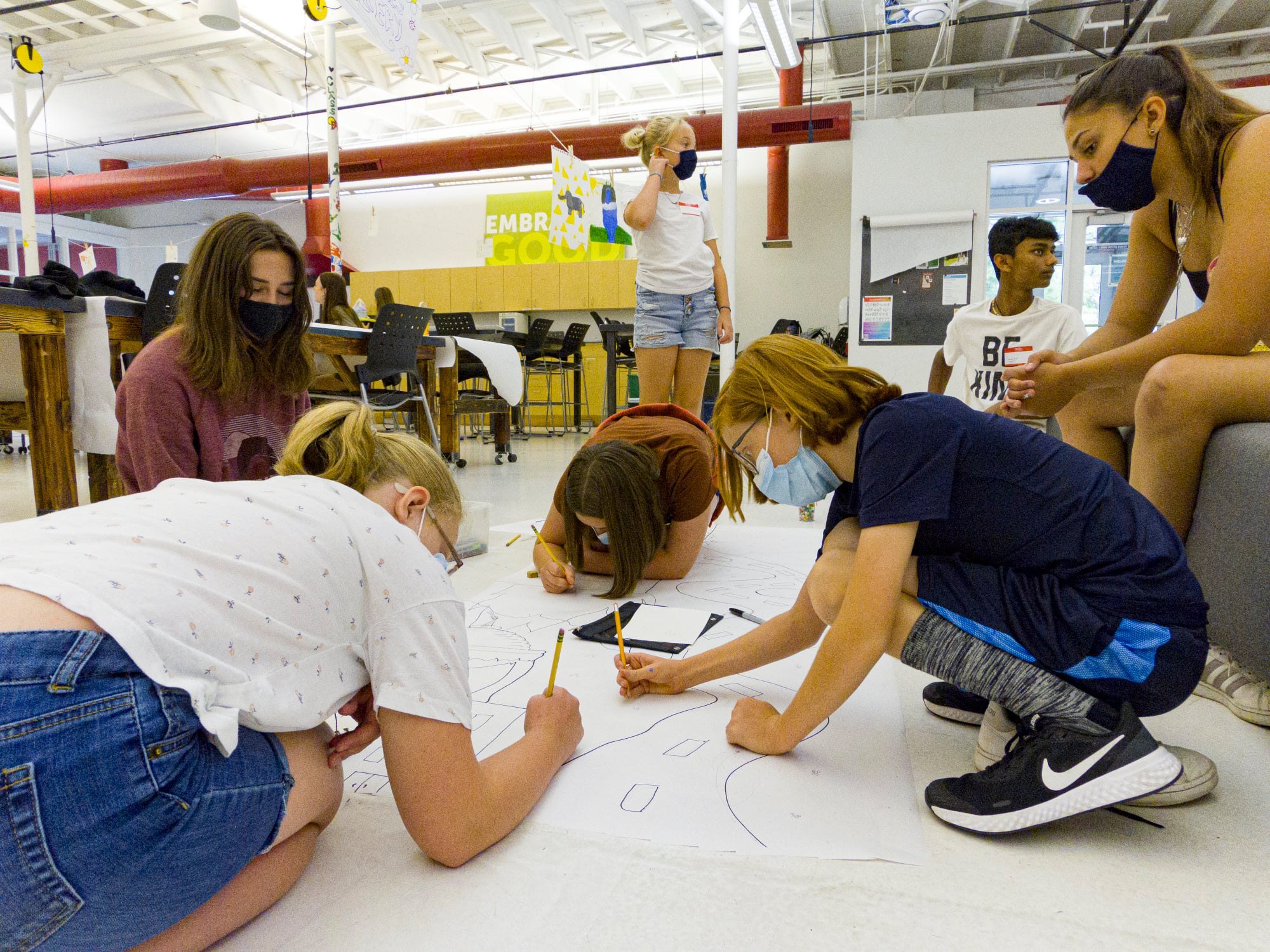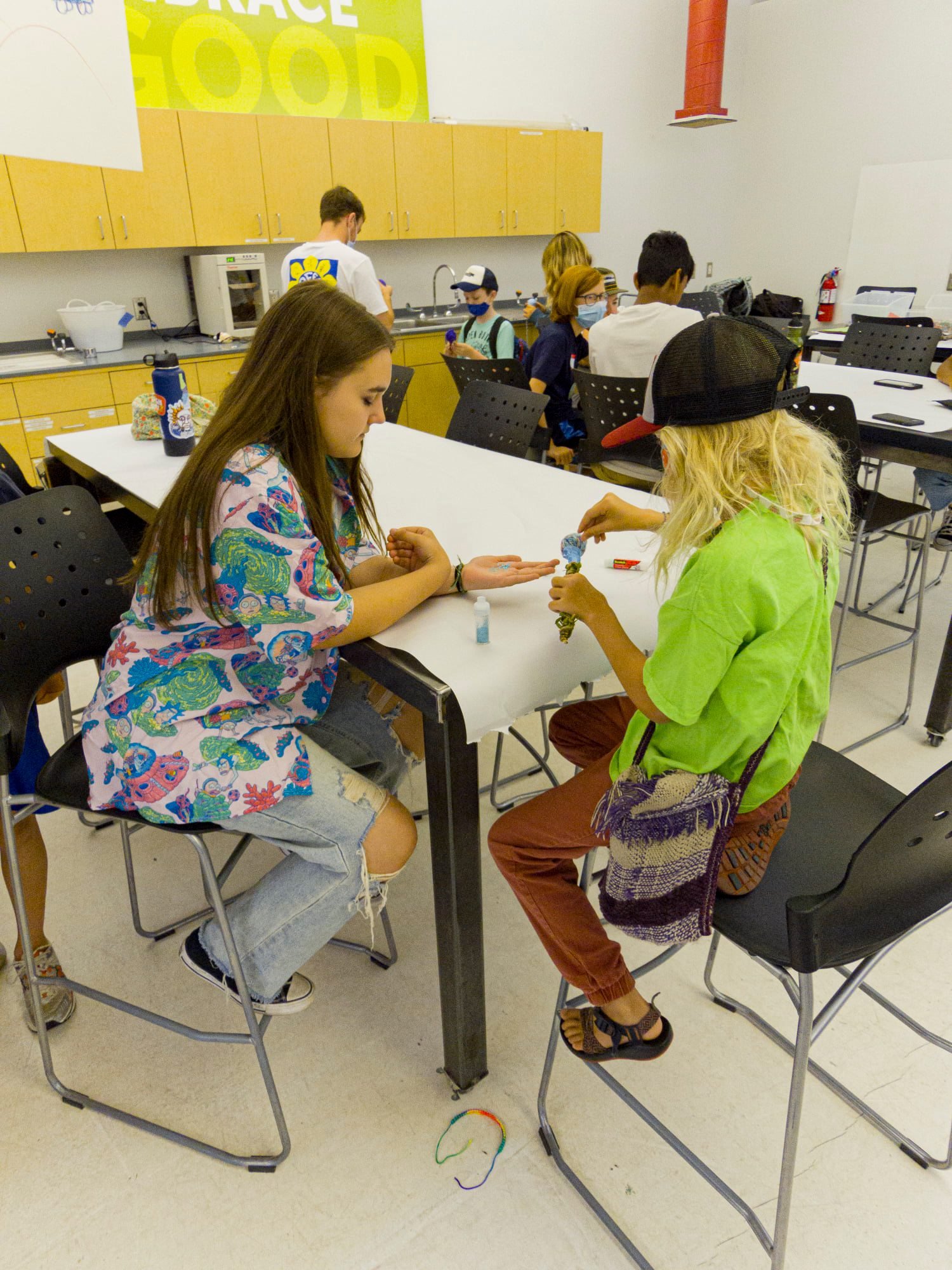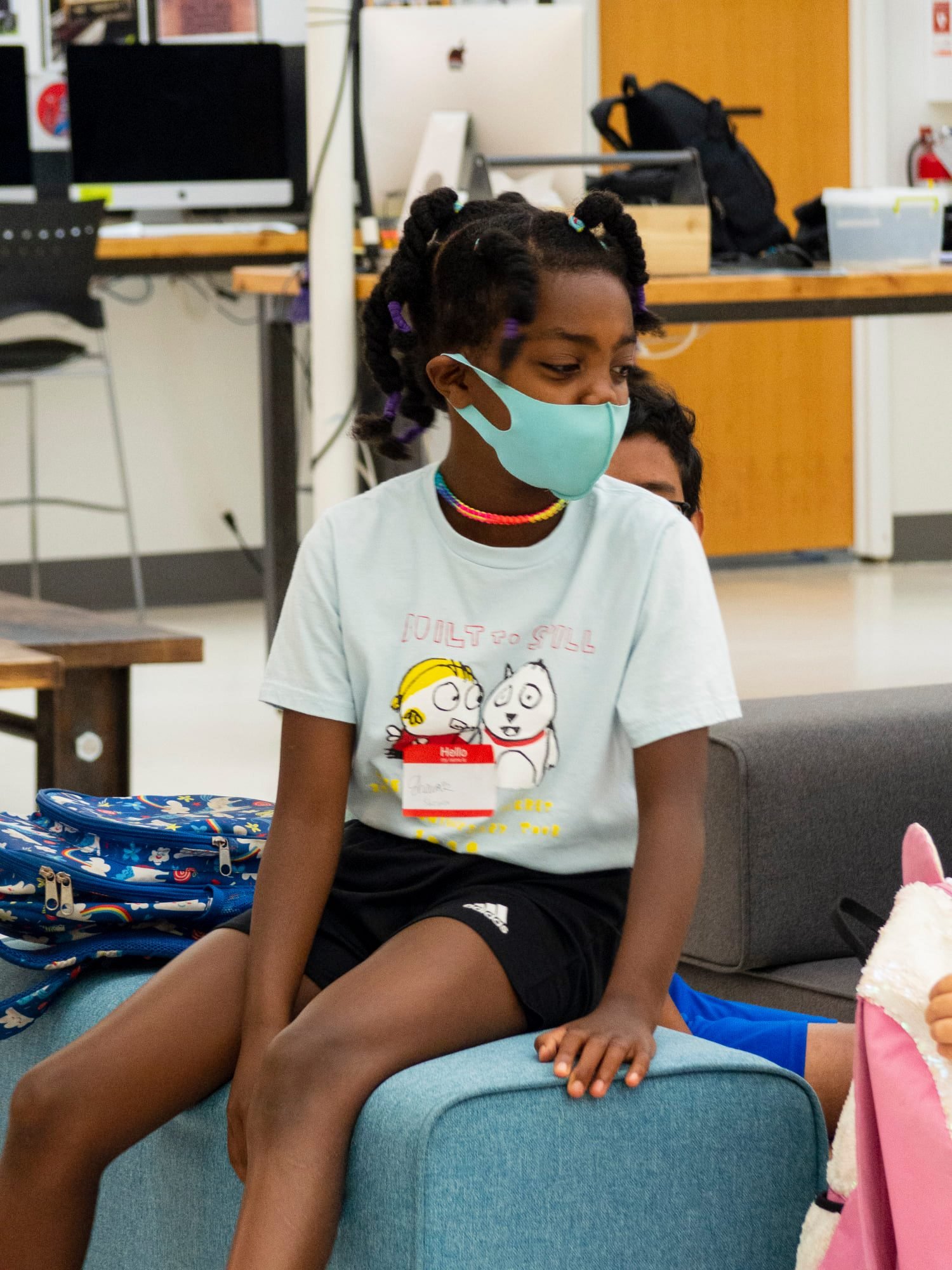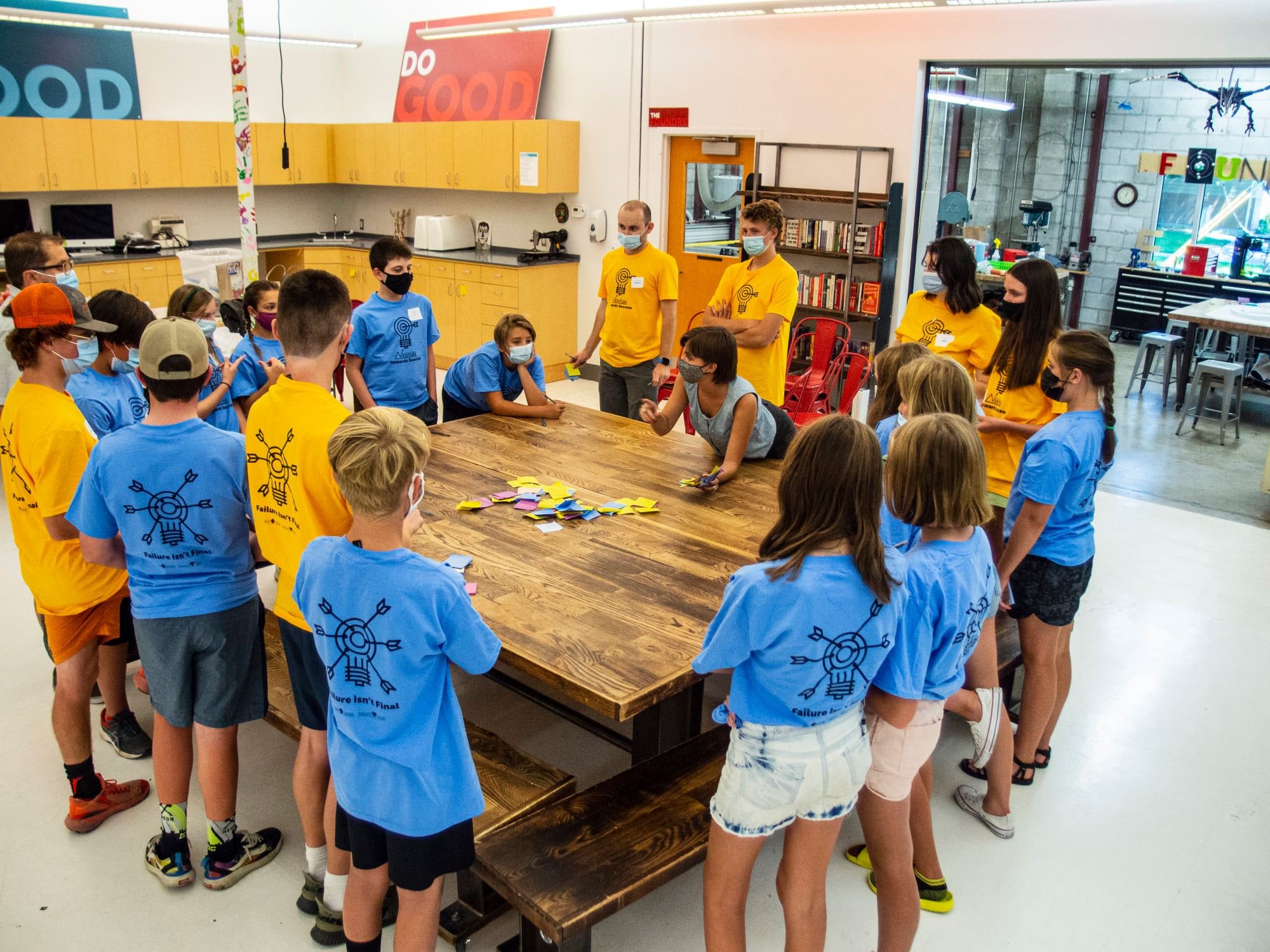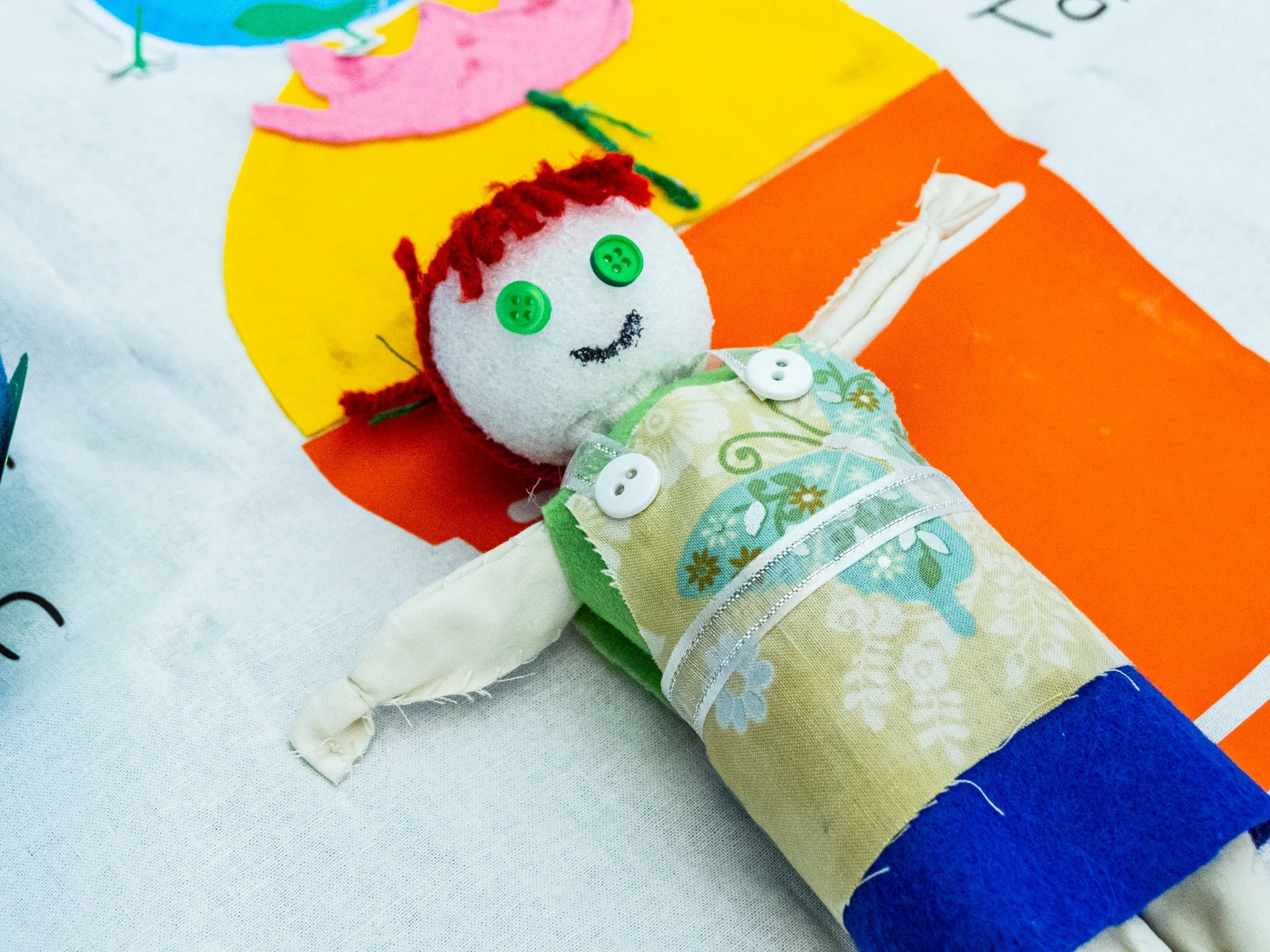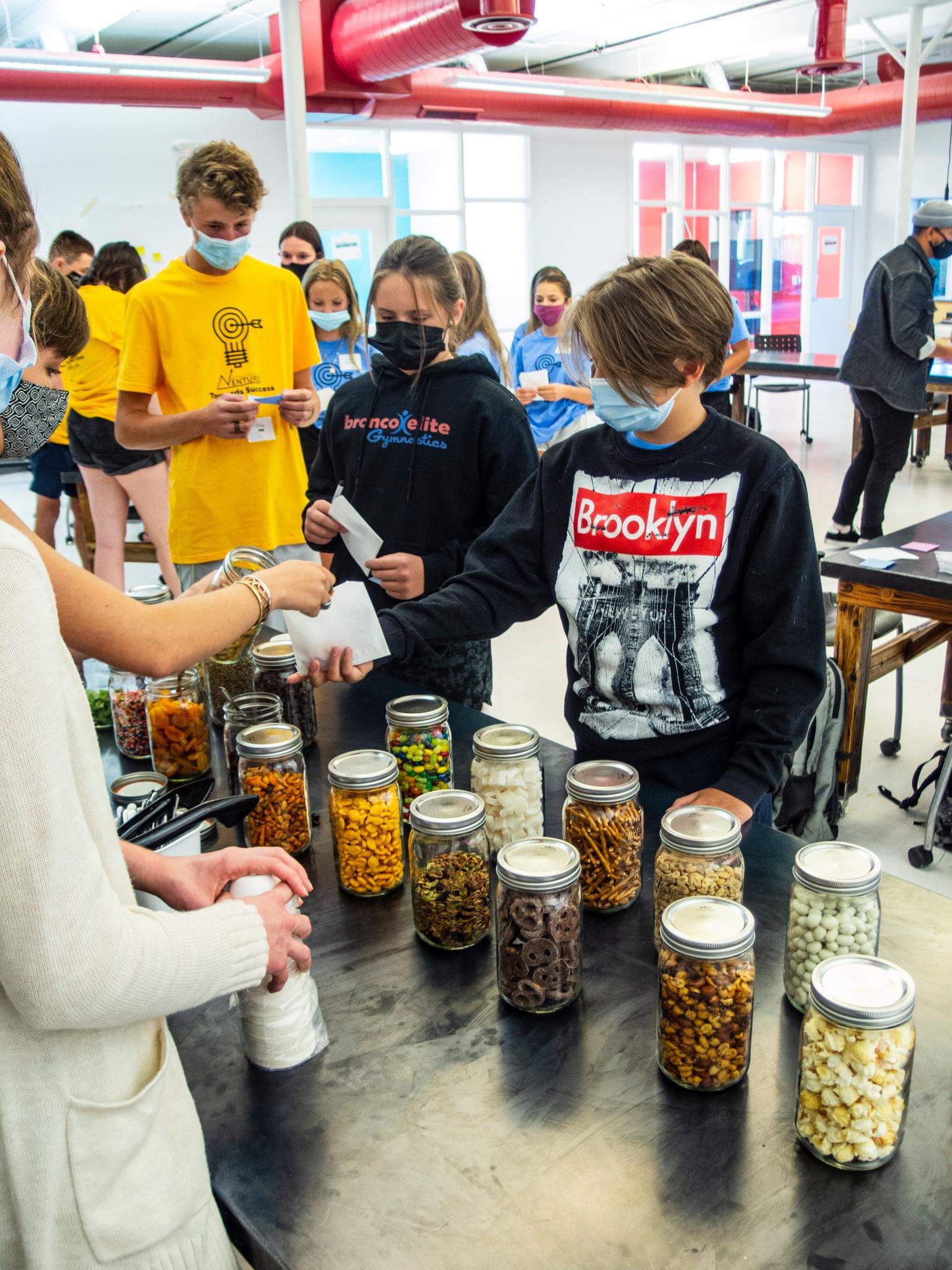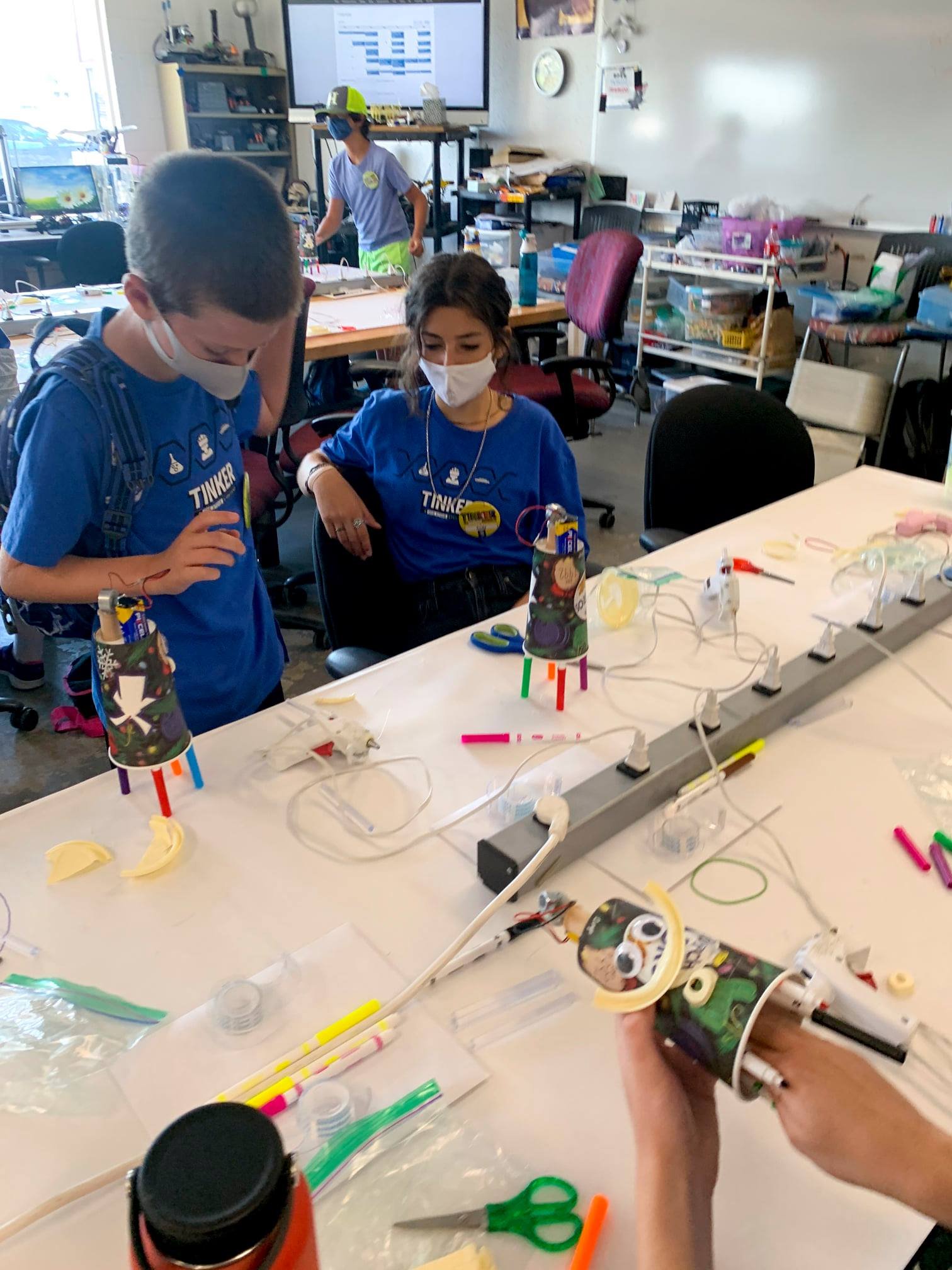Treasure Valley Community Garden Cooperative and One Stone’s Project Good developed the Community Garden, hosted at St. Stephens Episcopal Church. The goal of the team was to create opportunities for food accessibility through gardening. This project is in its second year as a space for growing food, connection to the community, and skills in gardening. The landowner, St Stephens Episcopal church, donated land to the project and have been welcoming and kind, allowing the team to use the garden space and donating funds by paying for the water. The team started working on food accessibility through gardening after a large group had identified the connection between the lack of the ability to grow fresh fruits and vegetables and food deserts. The team interviewed people who were connected to St. Stephen’s Church, and gained insight into how the church could benefit from using excess land to benefit neighbors.
Furthermore, engaging in gardening at all has been an “eye-opening experience” - the labor involved, the challenges of making time to actually grow food, the knowledge base required, and the resources that are needed - and all of the components to a successful urban farm should not be taken lightly. When interviewing an employee of the Boise Urban Garden School, the team learned that there are various considerations to be made when attempting to bridge food shortages through providing produce, gardening or cooking classes. The team learned that the intended beneficiary needs to be drawn to the program or they won’t engage.
The most amazing community partner is Mary K Johnson, who kindly facilitated the garden in a myraid of ways. She helped with every aspect of the garden, taught us how to garden, empowered our ownership of the space, gave the team guidance, encouragement, resources, and donated hundreds of hours to ensure that this project was successful. Her vision has manifested in the garden that the team lovingly cares for.
The main objective for the team over this past year was to cultivate and maintain the community garden. This included cultivating one of the sections of our land using hugelkultur rows where you dig a trench, fill it with compostable materials, and then pile the dirt back on to create garden beds that feed the plants and promote good soil drainage. This was one of the many methods we implemented to improve the soil health of the land there. The team always kept ourselves busy while we were at the garden, maintaining our compost pile, weeding the rows, and also developing a closer relationship with the church. At the end of the season these efforts proved to give back to us because we had a very fruitful harvest including 300lbs of tomatoes. With the food we grew, a group of our team members prepared food for the Boise Kitchen Collective.
The garden has grown leaps and bounds in this past school year. With the assistance of the entire One Stone community we have gone from a couple rows of infertile soil to an almost entirely tilled quarter acre space complete with irrigation, hugel mounds, compost, and more! The Community Garden project has been learning directly from passionate farmers like Mary K and then using their skills as leaders to distribute that knowledge among our growing community of gardeners. This provides a powerful student learning environment, connecting people with the garden, their education, and each other. Many other people have joined this community as well such as Project MILPA which are farming heirloom corn varieties, as well as a family of African farmers. We plan to have many more people outside of One Stone join this community as well through outreach and distributing our surplus harvest for free to the community.


